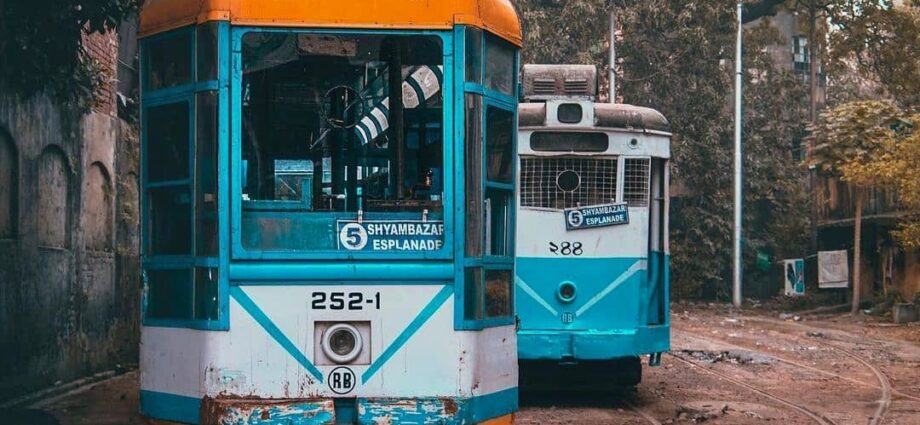Shifting away from car-centric mobility and addressing the urgent matter of mitigating climate change provides a dual focus for the campaign of walkability.
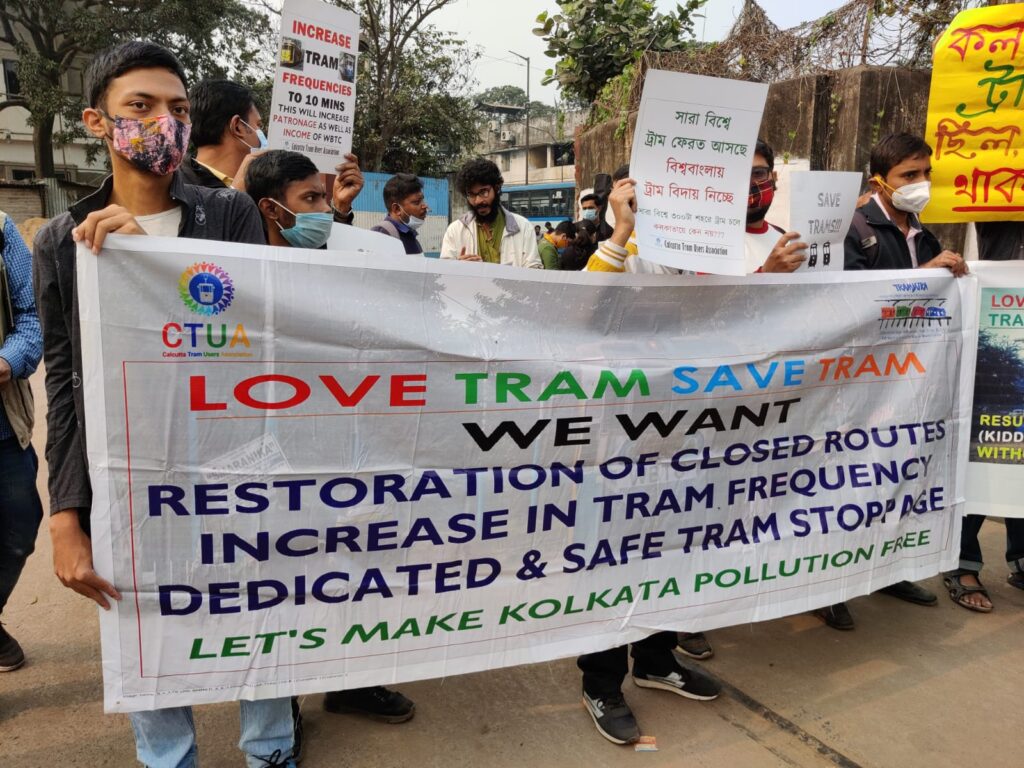
Introducing our Kolkata, West Bengal-based correspondent Arghyadip Hatua!
Here at Pedestrian Space we recently launched a Global Walkability Correspondents Network, as a way to build solidarity among walkability advocates around the world and continue to create media on sustainable mobility and urbanism.
Arghyadip is a core committee member of Calcutta Tram Users Association (CTUA), an NGO advocating for tramways and walkability in the city, specifically focusing on promoting the usage of more public transport rather than a private car and making trams accessible for all age groups as well as specifically accommodating for children, women and elderly people.
We are happy and fortunate to have Arghyadip on board as our Kolkata Correspondent. Read on for some of his thoughts as we launch this network.

I believe a transformative approach can serve as a powerful answer to the climate crisis. Structured as a holistic transformation, this model also leads to the protection of the environment, improved social justice, safer streets for young and old, and economic benefits, with active travel leading to better public health and wellbeing.
Arghyadip Hatua
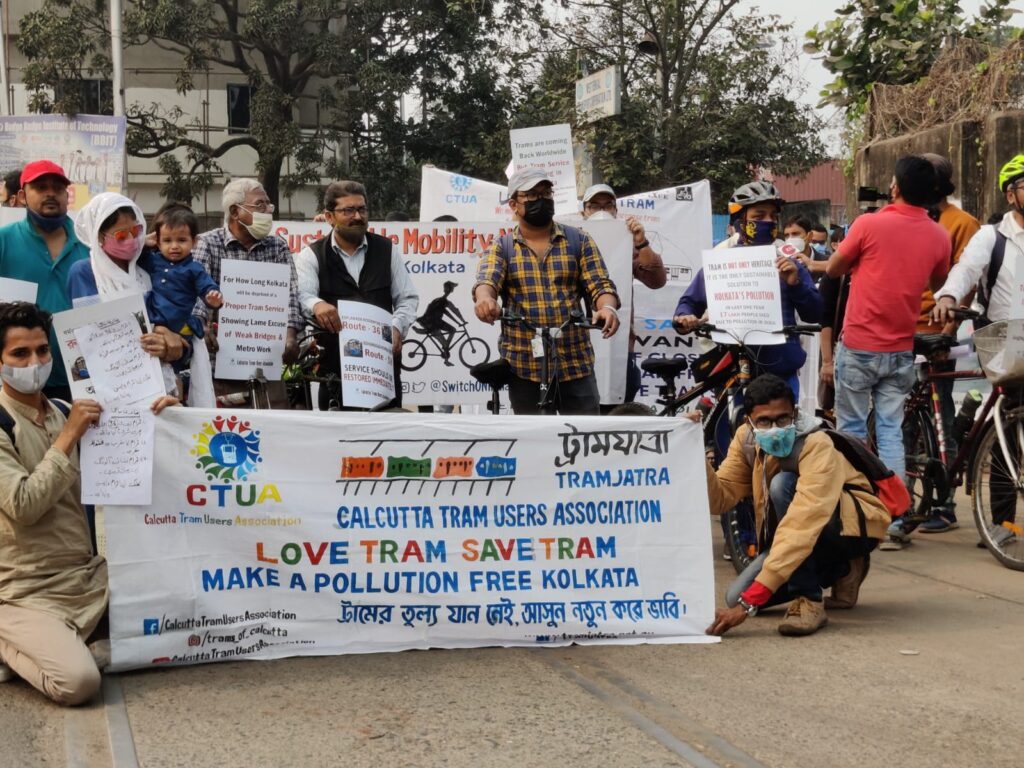
WHO
My name is Arghyadip Hatua or in short Argho. I’m 23 years old and have done my Bachelor’s degree in Tourism and the hospitality sector. I grew up surrounded by trams. I am a tram activist as well as Core Committee member of the only tram advocacy group in Kolkata as well as in many campaigns, engaging with transport authorities here for the scope of development of tramway networks as well as making cities more walkable and promoting cycling.
Trams / LRT are a modern transport solution for the 21st century & their resurgence across the globe only confirms it. The Kolkata tram system on the other hand is, unfortunately, running at a huge loss & facing near-complete closure (as a public transport utility) in the near future with no plans to revive it. We will continue our advocacy as we see that tram patronage is increasing due to our campaign & continuous efforts.
Arghyadip Hatua
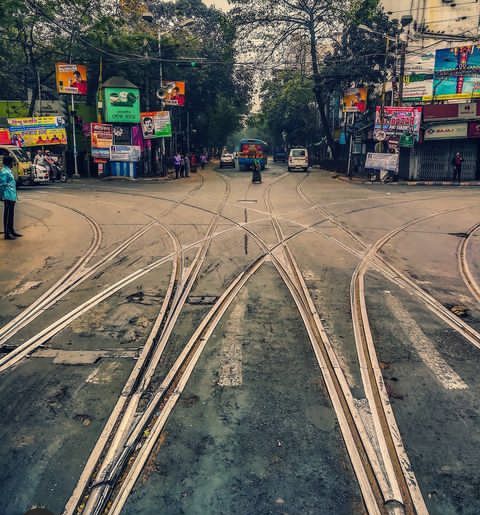
A significant part of the success of any system is the evidence that it’s helping to shift people’s lifestyles away from the car, serving as a considerable benefit to them as well as their surroundings. I believe in advocacy very much and feel privileged to be a Global Correspondent at Pedestrian Space. I admire how well Pedestrian Space is advocating for equality as well as livable cities which promote transit, walkability, and cycling. I believe Pedestrian Space can show a way for transformation.
WHERE
I live in City of Joy, Kolkata, West Bengal, India. It’s a city with soul and splendid colonial architecture. Trams are a signature feature of this city. Kolkata has the maximum usage of public transportation in India.
Trams in Kolkata are going through a tough time though. As tram advocates, we built a non-profit tram Advocacy group called Calcutta Tram User’s Association (CTUA). CTUA is a new agglomeration of tram lovers in the city, formed in December 2016 to create public awareness about the benefits of trams and also the betterment of Kolkata tramways. The association grew out of the Kolkata- Melbourne Tramjatra festivals.
TRAMJATRA LOVE PEOPLE LOVE NATURE LOVE TRAMS
Since 1996, the Kolkata Melbourne Tramjatra has decorated 13 trams in Kolkata and 7 in Melbourne as a part of the friendship. We are a progressive pro-tram organisation that celebrates the environmental benefits of tramways through the medium of decorated trams, performing tram conductors, tram plays, technical exchanges and documentary films. Tram Workers, artists, tram enthusiasts, a filmmaker and tram-loving passengers from both cities all play an important role. Love People, Love Nature, Love Trams is our motto. The Tramjatra website covers most of the story.
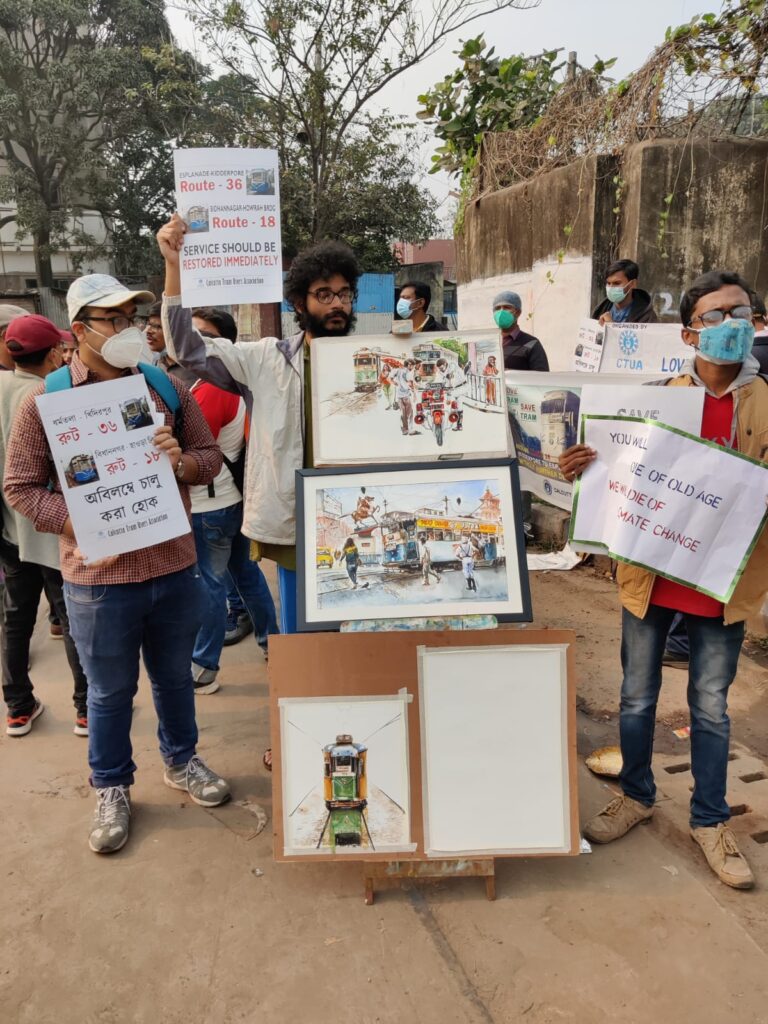
We are the only tram advocacy group in India working on the revival of tram systems in Kolkata. Kolkata tramways are the oldest operating electric tramways in Asia and the only surviving tram network in India. But the present status of this system is very uncertain and endangered. Many of the cities of the world which started tram services around the same time as we did have gradually updated and improved their tram system (e.g. Berlin, Melbourne, Hong-Kong). Also, there are cities that reinstated their tramways with modern infrastructure after complete closure (e.g. London, Sydney).
CTUA is a new agglomeration of tram lovers in the city, formed in December 2016 to create public awareness about the benefits of trams and also the betterment of Kolkata tramways.
ARGHYADIP HATUA
Trams / LRT are a modern transport solution for the 21st century and their resurgence across the globe only confirms it. The Kolkata tram system on the other hand is, unfortunately, running at a huge loss and facing near-complete closure (as a public transport utility) in the near future with no definite plans to revive it. However, we feel the situation can be turned around by implementing a number of steps that would not require a huge effort from the government or increase the costs dramatically. We will continue our advocacy as we see that tram patronage is increasing due to our campaign and continuous efforts.
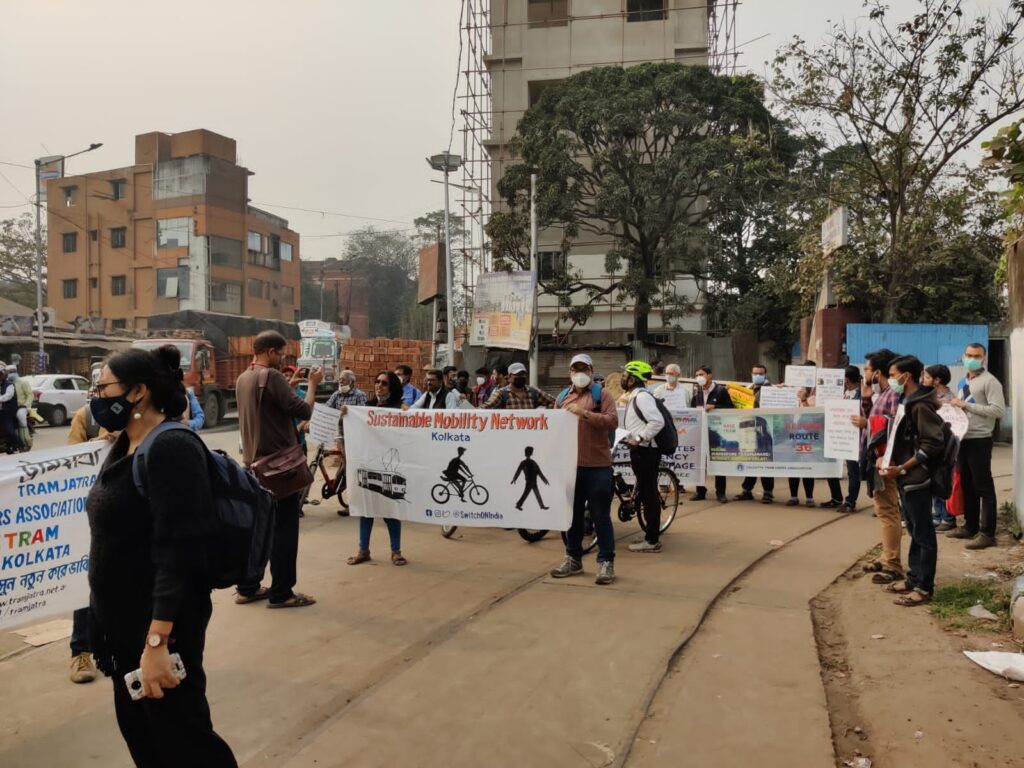
WHY WALKABILITY
People have learned to study and work remotely, walking and cycling are on the rise, and urban dwellers are for the first time in many decades enjoying clean air in their cities. But will everything return to its previous polluted, congested state when the pandemic lessens? Can we afford to ignore air pollution and the climate crisis?
For perhaps only a brief moment, we have a golden opportunity to transform how our cities function –build resilient local economies, make our streets people-friendly, and utilize urban design for cohesive communities.
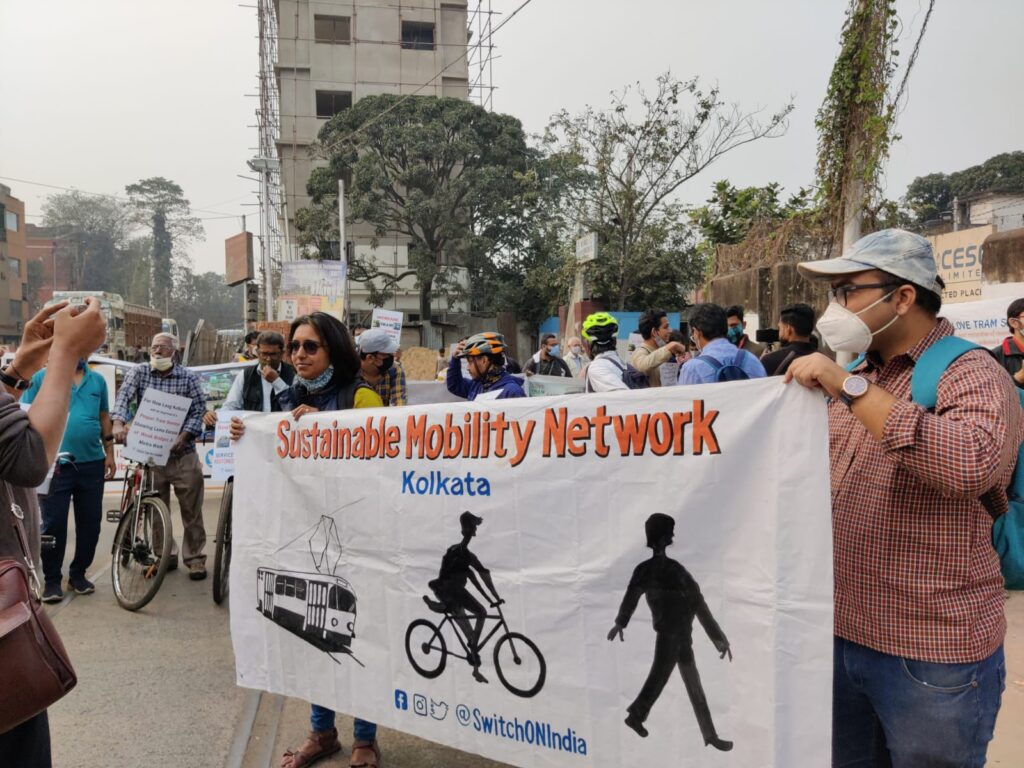
This is where I believe walkability plays a major role. Shifting away from car-centric mobility and addressing the urgent matter of mitigating climate change provides a dual focus for the campaign of walkability.
As a tram activist of Kolkata, I believe there’s no proper advocacy for walkability here in my local area. It’s always nice to engage in small talk with common people and create awareness. In Kolkata, people do use public transportation as well as walk but the main challenges they face are that footpaths of some areas are occupied by local hawkers and other obstacles which force them to use main roads for walking. This can be threatening and lead to fatal accidents caused by cars. This is where we need to work and create awareness among local people and policymakers about walkability and why it is so needed in cities for all.
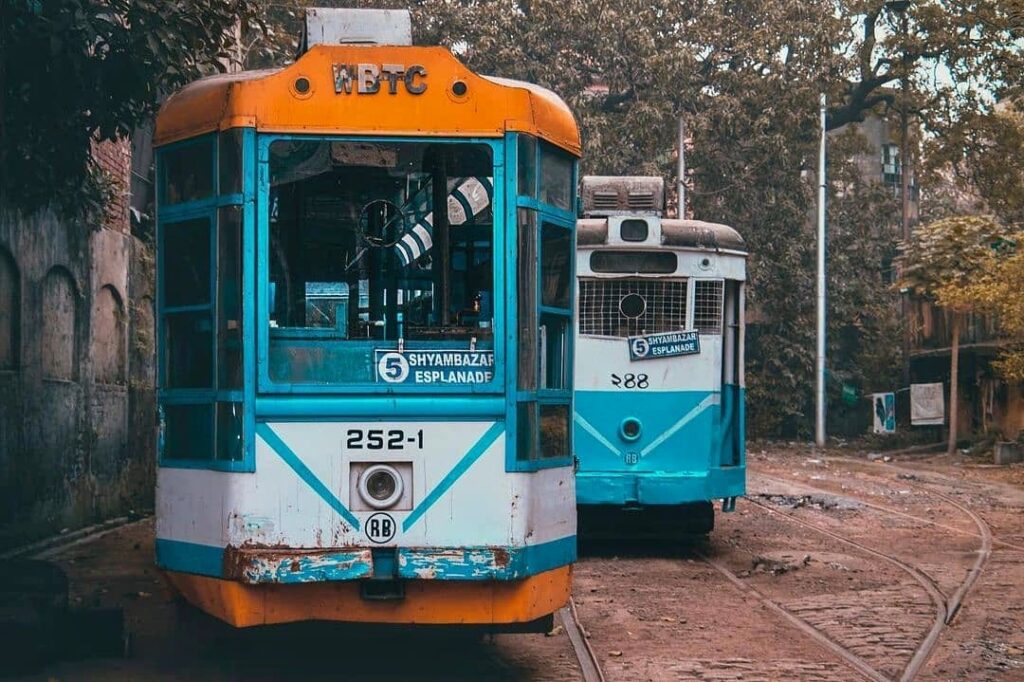
We are the only tram advocacy group in India working on the revival of tram systems in Kolkata. Kolkata tramways are the oldest operating electric tramways in Asia and the only surviving tram network in India. But the present status of this system is very uncertain and endangered.
ARGHYADIP HATUA
I believe a transformative approach can serve as a powerful answer to the climate crisis. Structured as a holistic transformation, this model also leads to the protection of the environment, improved social justice, safer streets for young and old, and economic benefits, with active travel leading to better public health and wellbeing.
I want to end by saying Real change is needed NOW! Let’s not set 30-year targets and do nothing for the next 29 years!

Arghyadip Hatua was born in Kolkata, the ‘City of Trams’ in India. He is a Public Transport and Urban Policy enthusiast and advocate. He aims to starts a revolution for tramways and walkability in Kolkata as well as broadly in India.
Read Kolkata Correspondent Arghyadip’s content here
Learn more about the Global Walkability Correspondents Network here

